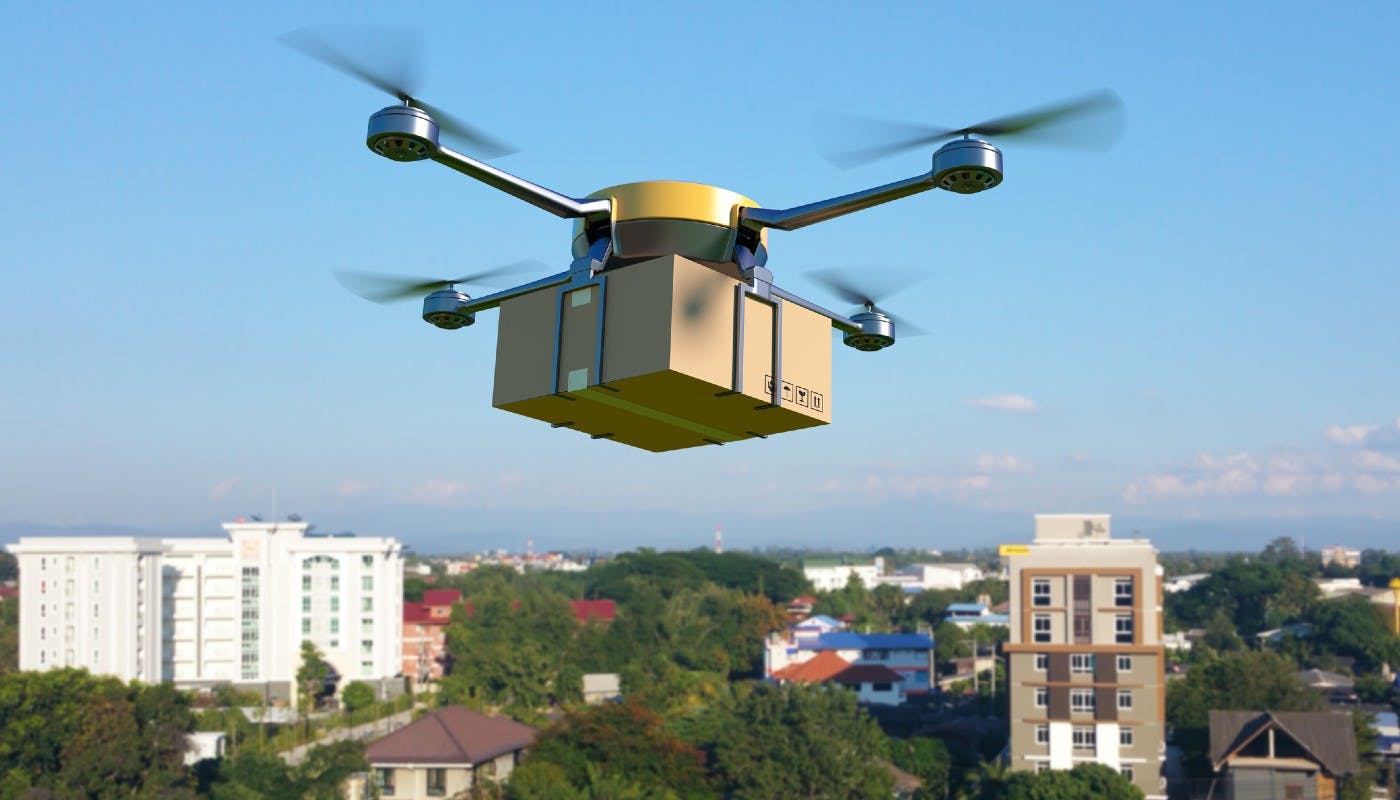When we moved, we figured a basic 300-foot fence to keep our black lab Bella safe would be straightforward. However, quotes ranged from $10,000 to $15,000, and suddenly, we were back to the drawing board. I looked into those buried electric fence systems next, thinking we’d found our answer.
Then reality hit—I’d have to spend hours digging trenches around the entire property line. While researching alternatives online one night, I found the Halo Collar. It uses GPS to create invisible boundaries without installing anything. Two years later, buying this collar ranks among our best decisions among the many smart home fixes we’ve done.
The fence quote reality check
When home building costs spiral out of control
Three contractors gave us basically the same sticker shock: a 6-foot white vinyl privacy fence (to meet HOA requirements) would run between $10,000 and $15,000 for 300 feet of fencing with one gate. This includes materials, labor, and permits—it all adds up fast. Sure, chain-link costs less, but our HOA doesn’t allow it, and we wanted something that looked good with our home anyway.
Our construction budget was already stretched past its limits. Between electrical surprises and other headaches, we’d blown through contingency funds months ago. But Bella needs boundaries. Our backyard opens to several neighbors and woods; letting her roam free wasn’t an option.
That’s when I started wondering if we really needed a fence at all. Bella’s got brains, and lots of country properties get by just fine without fencing. Maybe there was another way.
Exploring traditional alternatives
The buried electric fence dilemma
Underground electric fences seemed like the smart move. The systems run from $1,000 to $3,000, depending on coverage—way better than fencing costs. However, we would need to dig trenches around the perimeter of our entire yard.
We’ve got some mature landscaping, a sprinkler system, a septic system, and who knows what other utilities buried around here. Hand digging meant backbreaking weekends, and professional installation would jack the price back up to fence territory.
Winter was coming, and nobody wanted to dig trenches through frozen soil. The whole task sounded like it would eat up every weekend until spring.
Discovering the Halo Collar
GPS technology meets pet containment
My late-night Google searches eventually brought me to GPS dog collars, and the Halo Collar caught my attention right away. There are no buried wires and no physical installation—just GPS satellites doing the work. The idea sounds almost too good to be true: you walk around your property with your phone, and through GPS, the collar learns where your dog can go.
At $549, my first reaction was sticker shock. That’s serious money for a dog collar, even a fancy one. But compared to fence installation or professional buried system setup, we’re still talking about a fraction of the cost. Plus zero digging, zero permits, and zero construction crews trampling our yard.
Reading through customer reviews (while checking for red flags) pushed me over the edge. Dog after dog learned the system quickly, and owners loved how reliable it was. If these people were telling the truth, we could have this pet gadget solution working in a week instead of waiting months for fence installation.
So we bought the Halo Collar 2, though they’ve since replaced it with the Halo 4.
Setting up invisible boundaries
Creating custom limits in minutes


The setup was surprisingly straightforward. The Halo app guides you through creating boundaries by walking your property line with your phone. GPS tracking records your path, creating a precise digital fence that matches your exact needs.
I mapped our boundaries in about 45 minutes, including time to fine-tune the shape around landscape features. The app lets you adjust boundary lines after walking them, so I could pull the fence in around garden beds and extend it into areas where Bella likes to play.
The system supports multiple zones, which proved useful for keeping Bella away from some new plants while still giving her access to the rest of the yard. Creating these custom zones would be impossible with traditional fencing, without significant additional cost.
Training Bella on the new system
From skeptical dog to boundary respect
Bella’s training took about two weeks, following Halo’s recommended schedule. The collar uses audio cues, vibration, and gentle static correction to communicate boundaries. Most dogs respond to the warning sounds alone after proper training.
The first few days involved walking Bella around the boundary on a leash, letting her hear the warning beeps when approaching the edge. She’s smart and caught on quickly that the sounds meant “turn around.” By week two, she was respecting boundaries off-leash with just occasional audio reminders.
What impressed me most was how natural it became for her. She doesn’t act fearful or restricted—she simply treats the boundary like any other obstacle and adjusts her play accordingly. She still runs full speed and plays freely within her designated area.
The hidden benefits beyond cost savings
Flexibility that traditional fences can’t match
The flexibility has proven more valuable than anticipated. When we host gatherings, I can temporarily expand Bella’s boundaries to include the front yard so she can greet guests. When landscapers work in specific areas, I can quickly restrict access to keep her safe.
We’ve taken the collar on vacation twice, creating temporary boundaries at rental properties. This feature alone justifies the cost for us—Bella gets secure outdoor time even away from home.
Bella gets to play in our entire backyard, not just a small fenced-in portion. Plus, we get to enjoy the openness of our yard without having it segmented by a fence—this makes mowing and other chores easier. The whole yard gets to enjoy the fruits of my smart watering tricks.
The weather never affects the system like it would a physical fence. There’s no wind damage, maintenance, or repairs after storms to worry about. The collar just works, regardless of conditions (as long as it’s charged).
Large savings with a dog collar
The $549 Halo Collar 2 saved us from a $10,000 fence installation and delivered something better. Bella has complete freedom within her boundaries, we avoided construction headaches, and gained flexibility that no physical fence could match.
While our model is discontinued, it works so well that we haven’t needed to upgrade to the latest Halo 4. If you’re facing similar fence costs or property constraints that make traditional fencing impossible, GPS collar technology offers a modern solution that actually improves on the original problem. Your dog gets freedom, you keep your budget intact, and everyone wins.














